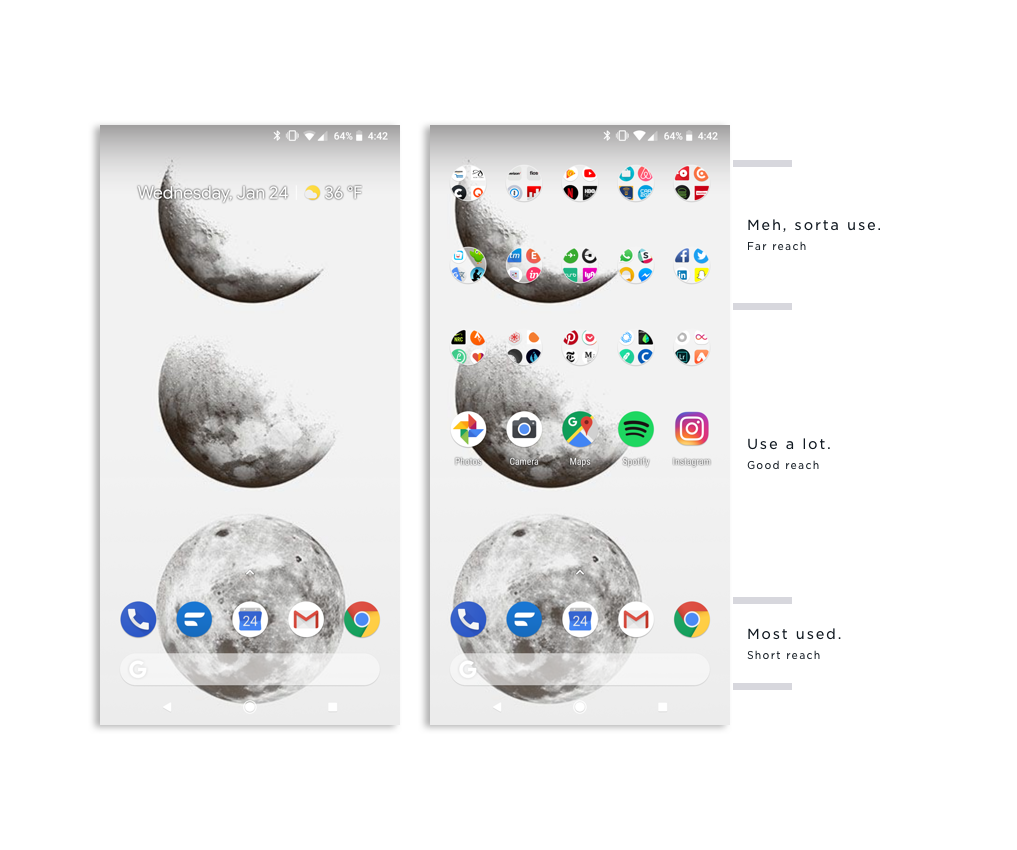Build Design Systems With Penpot Components
Penpot's new component system for building scalable design systems, emphasizing designer-developer collaboration.

uxdesign.cc – User Experience Design — Medium | Taneisha Kirchner
Whether your title is UX, UI, Interaction, Product, UX/UI, Visual, App or Unicorn Designer, you are a designer. And as a designer one of the many hats you wear requires you to get a download of information and then to organize and display that information in the most logical way possible. The main purpose of organizing information is to make sure that what ever you’re designing has all the right pieces and it helps users get from point A to point B with as little effort as possible. So, why not try doing this for yourself?
The more you surround yourself with organized design, the more you’ll automatically start thinking and designing in such a way.
I recently switched from an iPhone to a Google Pixel 2 which I think was the best move ever. One day I’ll write about why, but for now I will just say that getting a new phone and re-organizing it is one of the most painful processes ever. After setting up my phone and downloading all of my content, I started organizing and categorizing all of my apps. I wanted to do this for the same reasons why I organize information in the apps that I build, to navigate information faster and to complete tasks effectively and efficiently. The categories of apps that I created included things like finance, fitness, social media, smart home, photography, etc. Once I obsessively placed every app in it’s corresponding folder, I then needed to organize the folders. So I decided that I would prioritize the folders based on how often I used the apps in them. I applied reachability thinking as a guideline to how I prioritized the folders. The folders with the apps all the way in the top left portion of my screen are the least used, and the bottom row of apps are the most used.
 Applying design thinking to my everyday life.
Applying design thinking to my everyday life.
Like when I’m designing for an app, I wanted to make sure I would be able to access everything I needed as seamlessly as possible. Because I use my phone everyday by applying design thinking to something as simple as organizing my home screen, I’ve been able to really see where my own reachability is and what information to show in those key areas. I feel like it’s a way that I’ve started to create a habit that I then can remember and apply to that products that I’m designing. Doing small things to your own devices or inboxes can help you practice your design rules.
I’m currently Lead Product Designer at Flywheel Sports in New York City.
If you like what you read, please clap and follow me for future stories.
Practice what you preach. was originally published in UX Design Collective on Medium, where people are continuing the conversation by highlighting and responding to this story.
AI-driven updates, curated by humans and hand-edited for the Prototypr community